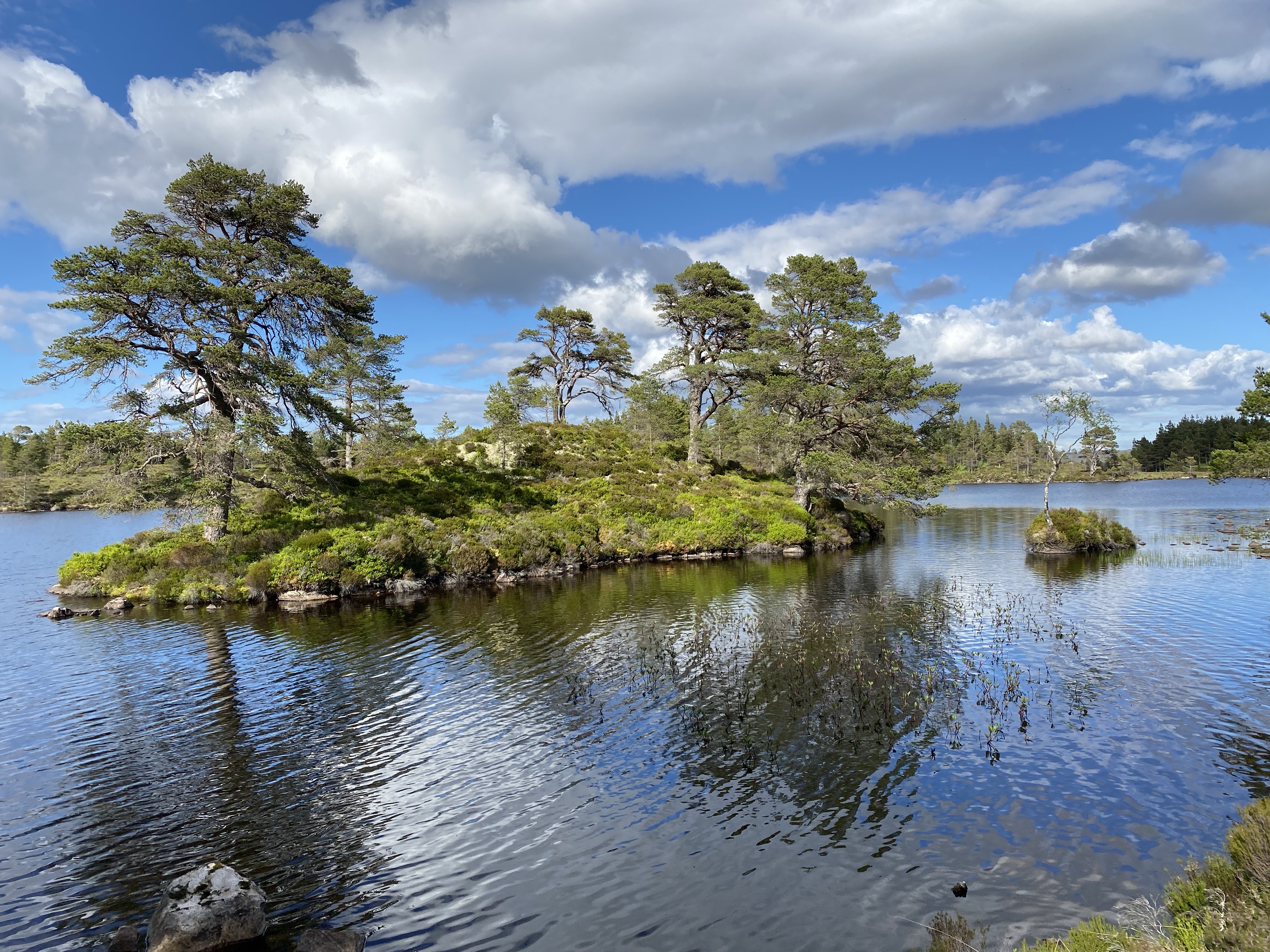Most of Scotland’s unique Caledonian pine forests are on the brink and could become the last generation in a lineage stretching back to the last Ice Age, says the first major study of their health in over 60 years.
A four-year analysis by Trees for Life found that high deer populations, the proliferation of non-native conifers, the lack of long-term management, and the looming impact of climate change pose major threats to the survival of pine forests.
The forests form a rich habitat found nowhere else in the world and some are thousands of years old. They are home to endangered wildlife such as squirrels, grouse and crossbills.
Urgent action must include committed and easily accessible long-term funding so private landowners can save and restore their pine forests and care for them in the future, says Trees for Life.
The rewilding charity is also calling for full implementation of proposed national measures to reduce deer numbers, as well as measures that will allow pine forests to expand to cooler areas – such as higher mountains – in response to climate change.
“Our findings are an alarm bell for Scotland’s Caledonian pine forests, which are such an important part of the country’s culture and environment. The majority of the surviving fragments now stand on the razor’s edge and bold action is needed to prevent them from being lost forever,” said Steve Micklewright, Chief Executive of Trees for Life.
“A landscape-based approach, supported by the Scottish Government, is urgently needed to save, expand and connect these precious forests before it is too late.”
Only about 42,000 acres of the original pine forest survive. Over the past four years, Trees for Life has assessed the condition of 72 of the remaining 84 fragments scattered across the Highlands from Loch Lomond, north to near Ullapool and east to Glen Ferrick near Aberdeen.
In one of the most comprehensive surveys of pine forests ever conducted, the team conducted detailed studies totaling more than 1,200 0.4 hectare plots at the sites.
Scotland’s national tree, the Scots pine, was found to have fallen sharply on a quarter of the plots.
Deer are having a serious impact in about two-thirds of the plots, eating pine saplings, removing important vegetation, and replacing some pine forests with birch. High impacts from artificially large deer populations are the main obstacle to pine forest recovery.
A third of the plots still have non-native conifers that were originally planted in the 1950s. Mainly Sitka spruces, these crowd out and slowly kill Scots pines – a risk that is increasing every year as mature conifers pose an acute threat to Scots pines and other native trees.
“In the worst cases, pine forests have suffered from non-native conifers or fires, followed by grazing pressure, with the effects of climate change posing a growing threat,” said James Rainey, senior ecologist at Trees for Life, who led the study.
“These pine forests should play a key role in Scotland’s fight against climate and natural disasters, but for now most are dead. It’s not too late to reverse this, but it means serious intensification of restoration and transformation efforts.”
Partner organizations in the project were Forestry and Land Scotland, NatureScot, Scottish Forestry, Scottish Land & Estates and Woodland Trust Scotland.
The study found that despite significant efforts by conservation groups and authorities in the 1990s, protecting pine forests with deer fences works poorly — usually because only small areas are fenced, leaving larger areas unprotected from grazing. Deer also often breach fences in the 30 years it takes pine forests to establish themselves.
Only 11% of the 84 remaining sites are over 500 hectares, meaning many surviving pine forests are now small and isolated. This reduces biodiversity, makes it difficult for pine forests to regenerate and weakens their resilience to climate change.
The minority of pine forests that are recovering well – such as at Glen Affric and around Glenfeshie and Mar Lodge – are in areas benefiting from landscape-scale measures including reducing game pressure and removing non-native conifers.
The results of the study will be used by Trees for Life to develop a follow-up project with landowners and land managers for practical measures to protect, expand and reconnect the most threatened pine forests. Additional conservation is already underway at 12 sites.
The Caledonian Forest once covered much of the Highlands, but after centuries of logging only about 2% of the forest remains.
Trees for Life’s Caledonian Pinewood Recovery Project is the first major study of its kind since the publication of The Native Pinewoods of Scotland by HM Steven and A Carlisle in 1959. In the 1990s the sites in a Caledonian were identified through work by the Forestry Commission Scotland at the time mapped the Pinewood Inventory but the health of the pine forests has not been comprehensively assessed.
The new report Caledonian Pinewoods: Findings from the Caledonian Pinewood Recovery Project is available at treeforlife.org.uk.




